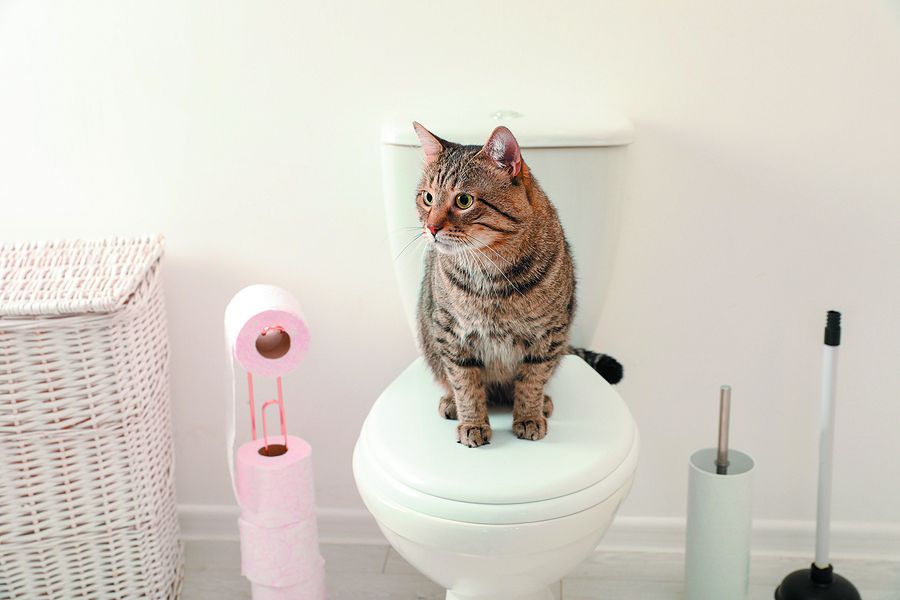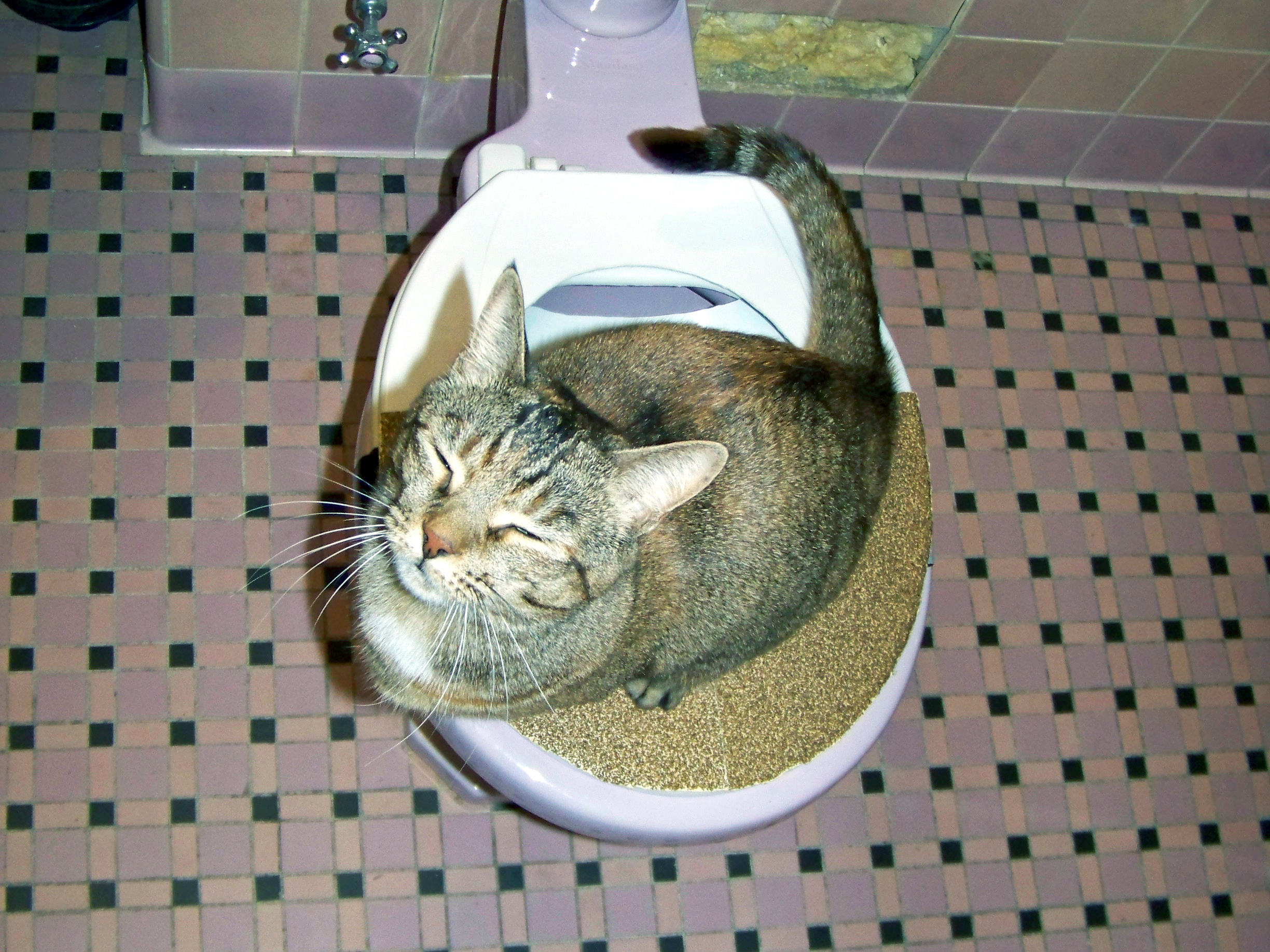What You Have to Never Dispose of Animal Waste Down the Toilet
What You Have to Never Dispose of Animal Waste Down the Toilet
Blog Article
They are making a few good pointers related to 10 Things You Should Never Flush Down The Toilet as a whole in the content further down.

When it comes to getting rid of waste, especially animal waste, many people frequently resort to the hassle-free choice of flushing it down the toilet. Nonetheless, this apparently simple solution can have major consequences for the environment and public health. In this write-up, we'll check out why flushing animal waste down the commode is a poor idea and offer different techniques for proper disposal.
Intro
Proper garbage disposal is important for maintaining ecological sustainability and public health. While it may appear harmless to purge animal waste down the bathroom, it can lead to different issues, both for the atmosphere and human health.
Dangers of flushing pet waste
Ecological impact
Purging pet waste introduces unsafe germs and virus into rivers, which can adversely influence aquatic environments. These pathogens can pollute water resources and harm marine life, interfering with delicate communities.
Public health issues
Pet waste contains damaging microorganisms such as E. coli and Salmonella, which can position severe wellness risks to humans. Flushing pet waste down the toilet can pollute water materials, bring about the spread of diseases and infections.
Alternatives to flushing
Rather than flushing pet waste down the commode, there are numerous alternate disposal techniques that are extra eco-friendly and sanitary.
Composting
Composting pet waste is an environmentally friendly method to throw away it. By composting, raw material is broken down right into nutrient-rich soil, which can be used to fertilize gardens and plants.
Landfill disposal
Getting rid of pet waste in a garbage dump is one more choice. While not as eco-friendly as composting, it is a much safer choice to flushing, as it protects against the contamination of water resources.
Pet dog garbage disposal systems
There are customized family pet garbage disposal systems offered that safely and hygienically get rid of pet waste. These systems usually make use of enzymes to break down waste and get rid of odors.
Steps to proper pet garbage disposal
To guarantee proper disposal of pet waste, adhere to these steps:
Scooping and getting waste
On a regular basis scoop and bag pet waste utilizing naturally degradable bags. This stops waste from contaminating the environment.
Utilizing assigned waste containers
Dispose of bagged pet waste in marked waste bins, such as compost containers or garbage dump bins. Avoid flushing it down the commode in any way costs.
Cleaning can and pet dog areas frequently
Frequently tidy can and pet locations to prevent the build-up of waste and germs. Use pet-safe cleansing products to keep hygiene.
Advantages of proper disposal approaches
Embracing correct disposal techniques for pet waste provides several benefits:
Lowered environmental pollution
Appropriate disposal methods minimize the threat of environmental pollution, securing waterways and environments from contamination
Minimized danger of water contamination.
By staying clear of flushing animal waste down the commode, the risk of water contamination is substantially reduced, securing public health.
Boosted sanitation and health
Correct disposal methods promote far better sanitation and hygiene, producing a more secure environment for both people and pets.
Conclusion
To conclude, purging pet waste down the commode is hazardous to the atmosphere and public health. By taking on different disposal methods and complying with correct waste management methods, we can lessen the adverse influence of pet waste and contribute to a cleaner, healthier planet.
What To Do With Dog Poo – The Do's And Don'ts Of Disposing Of Faeces
Dog poo bins
Some councils provide dedicated dog waste bins in popular dog-walking areas that can take dog poo that has been bagged but you can legally dispose of dog waste in any public litter bin, as long as it is securely bagged. This also applies to your wheelie bin at home.
Do not flush
Water companies do not recommend flushing dog faeces down the toilet because certain parasites can survive the water processing treatment and are potentially harmful to humans. You should also never consider flushing dog poo that has been bagged down the toilet as the bags will not break down and instead create severe blockages in the sewage system.
In the woods
The Forestry Commission promotes a ‘stick and flick’ method for dealing with waste in the woods. This means finding a stick and using it to flick any poo from off the path so that it is out of the way of other walkers. You could also bury it as long as it is not in an area where there might be livestock.
Livestock
Parasites found in dog poo can be transmitted to livestock if they inadvertently eat infected faeces that has been left on grazing land. This could result in the death of sheep or abortion in cattle so you should always make sure you pick up your dog’s waste in fields where livestock could be present.

Frequently tidy can and pet locations to prevent the build-up of waste and germs. Use pet-safe cleansing products to keep hygiene.
Advantages of proper disposal approaches
Embracing correct disposal techniques for pet waste provides several benefits:
Lowered environmental pollution
Appropriate disposal methods minimize the threat of environmental pollution, securing waterways and environments from contamination
Minimized danger of water contamination.
By staying clear of flushing animal waste down the commode, the risk of water contamination is substantially reduced, securing public health.
Boosted sanitation and health
Correct disposal methods promote far better sanitation and hygiene, producing a more secure environment for both people and pets.
Conclusion
To conclude, purging pet waste down the commode is hazardous to the atmosphere and public health. By taking on different disposal methods and complying with correct waste management methods, we can lessen the adverse influence of pet waste and contribute to a cleaner, healthier planet.
What To Do With Dog Poo – The Do's And Don'ts Of Disposing Of Faeces
Dog poo bins
Some councils provide dedicated dog waste bins in popular dog-walking areas that can take dog poo that has been bagged but you can legally dispose of dog waste in any public litter bin, as long as it is securely bagged. This also applies to your wheelie bin at home.
Do not flush
Water companies do not recommend flushing dog faeces down the toilet because certain parasites can survive the water processing treatment and are potentially harmful to humans. You should also never consider flushing dog poo that has been bagged down the toilet as the bags will not break down and instead create severe blockages in the sewage system.
In the woods
The Forestry Commission promotes a ‘stick and flick’ method for dealing with waste in the woods. This means finding a stick and using it to flick any poo from off the path so that it is out of the way of other walkers. You could also bury it as long as it is not in an area where there might be livestock.
Livestock
Parasites found in dog poo can be transmitted to livestock if they inadvertently eat infected faeces that has been left on grazing land. This could result in the death of sheep or abortion in cattle so you should always make sure you pick up your dog’s waste in fields where livestock could be present.

As an enthusiastic person who reads about 10 Things You Should Never Flush Down The Toilet, I think sharing that excerpt was valuable. Enjoyed reading our blog? Please share it. Help somebody else find it. We take joy in reading our article about 10 Things You Should Never Flush Down The Toilet.
Website Report this page